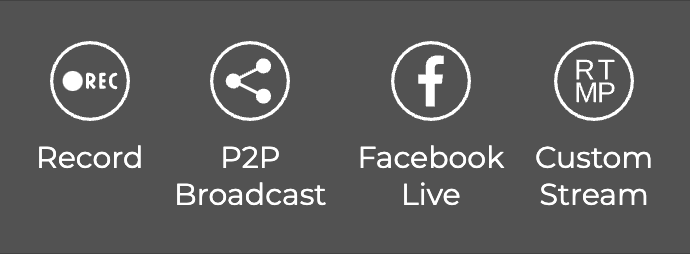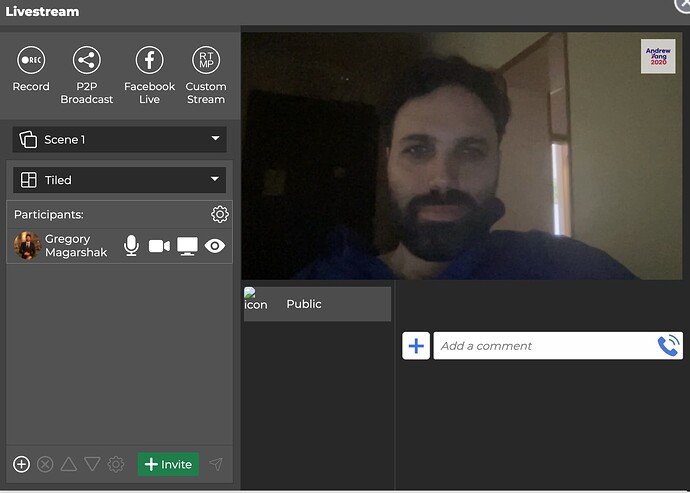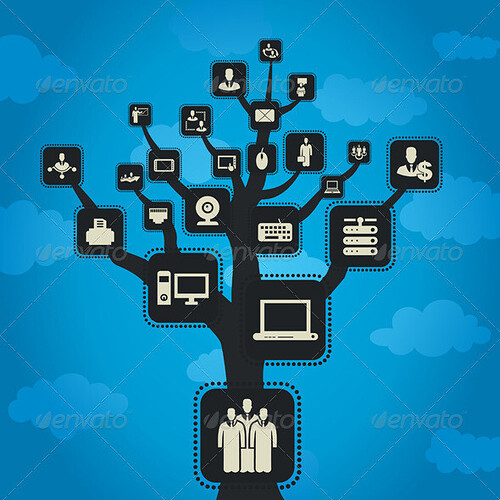How many concurrent users can the live stream support?
It all depends on how it’s done. Here is a picture of the livestreaming manager. Pay attention to the four buttons in the top left:

- The first records the livestream the Qbix server
- The second starts a peer-to-peer webcast / broadcast
- The third sends a livestream to Facebook’s servers, to “go live”
- The fourth allows you to livestream to any other servers (YouTube, Telegram, etc.) via RTMP protocol
Obviously, options 3 and 4 leverage infrastructure under the control of Facebook and YouTube, and what’s more, in option #4 your Qbix app doesn’t need to be authorized to interact with the video infrastructure provider. You’d just “Go Live” as usual, and paste the information into your Qbix app. In that scenario, Qbix is operating as a competitor to StreamYard and other such services. Unlike them, it leverages your existing community, of hosts, etc. and integrates directly with Events, Presentations, and so on, allowing everyone to collaborate on making the live show work.
Now, option 2 is our own invention. Imagine that computers can simply send each other the video streams in a peer-to-peer fashion, with no centralized servers involved. Well, in many cases, WebRTC can make that happen – although, for peers that are behind a firewall, you do need a TURN Server, but once again, it’s there is a free market of TURN servers out there, so you’re not locked in. The “Qbix way” empowers people by giving them their own decentralized, open source software. The peer-to-peer broadcast epitomizes that.
What happens is that an endlessly growing tree of nodes is formed from computers receiving encrypted audio/video/data streams from other computers, through the WebRTC. (You can read more about the secure technologies underlying it here.) Each node that receives the stream may agree to syndicate them downstream to N other children. As some nodes disconnect, the nodes that were receiving the stream from them find another “branch” to attach to.
So, to answer your question, the decentralized live peer-to-peer broadcast can theoretically support an unlimited audience size, and do so without relying on infrastructure Big Tech companies like YouTube and Facebook. It can also be useful for rural areas where many people want to watch a broadcast locally, and don’t need need a connection to YouTube 3000 miles away. You can visualize the tree in the following way:
The livestream is broadcasting what is happening in a “Teleconference”, where hosts can bring up speakers, people can call in, and screeners can them to bring up on the live show. Teleconferences are typically attached to Events, which are planned in advance, and can be part of an entire Calendar (e.g. of a educational course or conference program).
Are the signaling servers hosted by Qbix?
What about the TURN servers?
The signaling servers are built into the Qbix Platform and are hosted by Qbix.
There is a free market of TURN servers, it’s a common protocol so you can choose any provider.

